Tests Validate Integration of Cucuyo P-100 Terminal with Cavok UAS Drones
February 6, 2025 – Cucuyo and Cavok UAS have successfully completed flight tests integrating Cucuyo’s P-100 airborne laser communication terminal with Cavok UAS drones. The tests, conducted in Spain, mark a major step in advancing airborne laser communications.
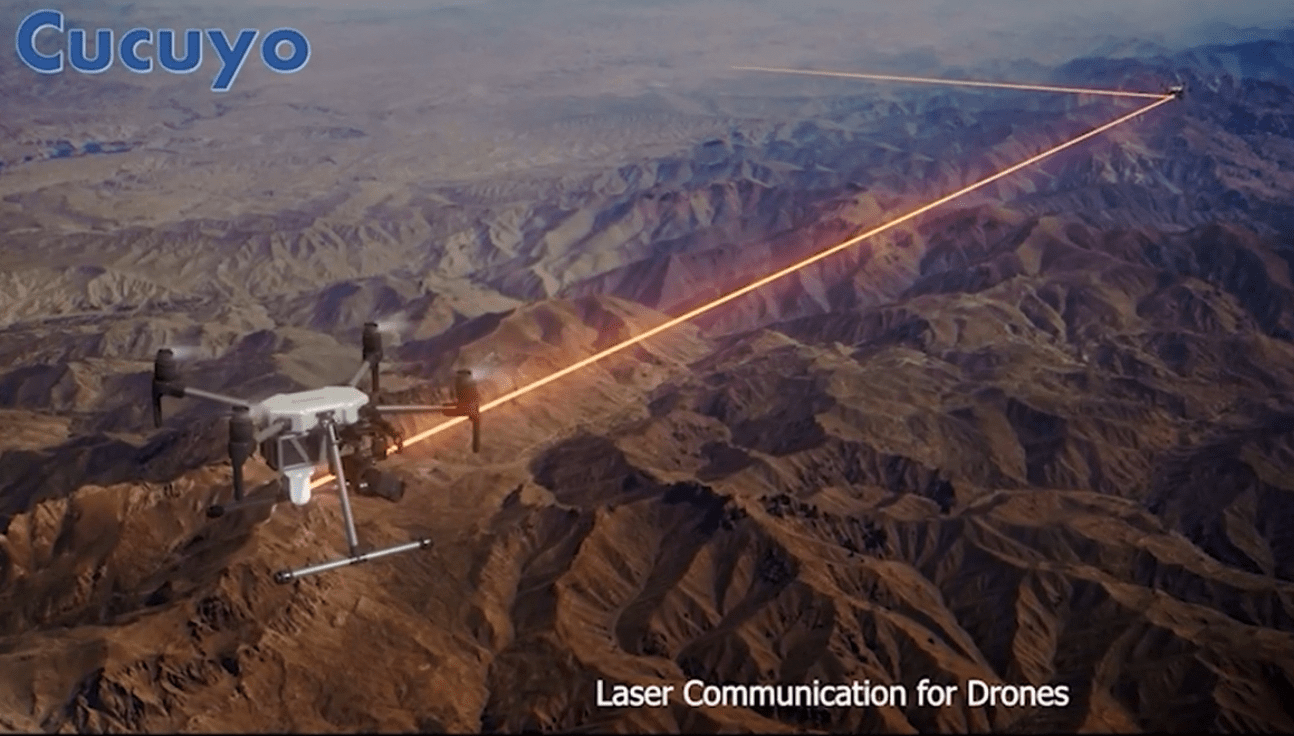
Testing the P-100 Laser Communication Terminal
A total of twelve tests were performed to assess the integration and performance of the P-100 terminal. These evaluations followed extensive physical and mechanical integration phases, simulating real-world operational conditions. The flight tests were carried out in collaboration with Cavok UAS France, Cavok Spain engineers, and experienced test pilots.
Spain was chosen as the test location due to its optimal conditions for assessing performance. The results met all predefined objectives and exceeded expectations, providing a strong foundation for the next phase of technical development. Future tests will focus on further improving the robustness of the data link.
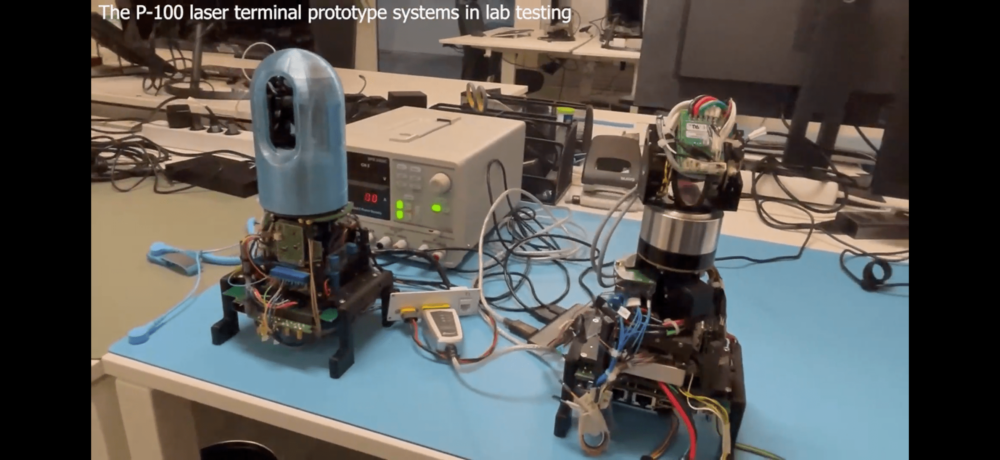
Advantages of Cucuyo’s Laser Communication Technology
Cucuyo’s laser communication technology for drones offers several major advantages over traditional radio frequency (RF) systems:
Higher Data Rates
Laser communication provides significantly higher data transmission speeds compared to RF systems. Cucuyo’s P-100 laser terminal achieves a bidirectional data rate of 1 Gbps over distances up to 40 km. This allows for the transmission of large amounts of data from onboard sensors much more quickly and efficiently.
Enhanced Security and Resilience
Laser communication offers superior security features:
- Difficult to intercept or jam: The narrow laser beam is extremely hard to detect, intercept, or jam, making it highly resistant to interference.
- Low probability of detection: The system is very difficult to locate, increasing the security for both ground operators and the aerial platform.
- Resilient against spoofing: Laser links are inherently robust against spoofing attempts, enhancing overall communication integrity.
No Licensing Requirements
Unlike RF systems, laser communication does not require country-specific frequency licenses from regulatory bodies like the ITU. This makes deployment easier, faster, and more cost-effective, especially for international operations.
Improved Operational Flexibility
- GNSS substitution: The system can provide satellite navigation/GNSS substitution capability in contested environments where satellite signals may be disrupted.
- Adaptable to challenging environments: The use of drones as relay nodes allows the system to maintain line-of-sight in various terrains and conditions.
Industry Perspectives on the Test Results
“We are thrilled with the outcomes of these flight tests. They not only validate the robustness of the integration process but also set the stage for the next critical milestones in our innovation journey. We look forward to the upcoming tests with the updated Cucuyo P-100 terminal, which will bring us one step closer to creating a fully operational solution,” said Fabrice Parodi, CEO of Cavok UAS.
Dr. Markus Knapek, CTO & Managing Director of Cucuyo, also highlighted the significance of the test results: “The results of these flight tests, which we obtained thanks to our partner Cavok UAS, are invaluable for the validation of our product. The data has already been evaluated by our specialists and will enable us to optimize the operational concepts and our P-100’s link stabilization system.”
About Cucuyo
Cucuyo develops laser-based communication products designed for various applications. The company aims to bring laser communication terminals to market as off-the-shelf products. The P-100 terminal is specifically designed for small UAVs, optimizing power consumption, weight, and data rate. Laser communication offers up to 50 times the data rate of traditional radio frequency links while preventing jamming, spoofing, or interception. This makes it particularly effective for UAV operations requiring secure and high-speed data transmission. Cucuyo is headquartered in Pfaeffikon SZ, Switzerland, with a German subsidiary in Krailling near Munich.
For more information, visit Cucuyo and Cucuyo Laser Communication for Drones.
About Cavok UAS
Cavok UAS designs and manufactures professional drones, offering both fixed-wing and rotary-wing UAVs ranging from 4 kg to 1,360 kg Maximum Takeoff Weight (MTOW). The company selects equipment based on mission-specific requirements while maintaining safety standards. All production takes place in France, including in-house designed components such as motors and ESCs. Cavok UAS serves global markets in industries including agriculture, cargo delivery, rescue, security, and defense.
For more information, visit Cavok UAS.
Want DRONELIFE news delivered to your inbox every weekday? Sign up here.
Read more:
- Laser Communication on Drones: A New Frontier for Resilient Data Transfer
- Spain’s Drone Test Center Located in Urban Airspace: Hera Drone Hub and Altitude Angel Set to Test Advanced Drone Operations

Miriam McNabb is the Editor-in-Chief of DRONELIFE and CEO of JobForDrones, a professional drone services marketplace, and a fascinated observer of the emerging drone industry and the regulatory environment for drones. Miriam has penned over 3,000 articles focused on the commercial drone space and is an international speaker and recognized figure in the industry. Miriam has a degree from the University of Chicago and over 20 years of experience in high tech sales and marketing for new technologies.
For drone industry consulting or writing, Email Miriam.
TWITTER:@spaldingbarker
Subscribe to DroneLife here.

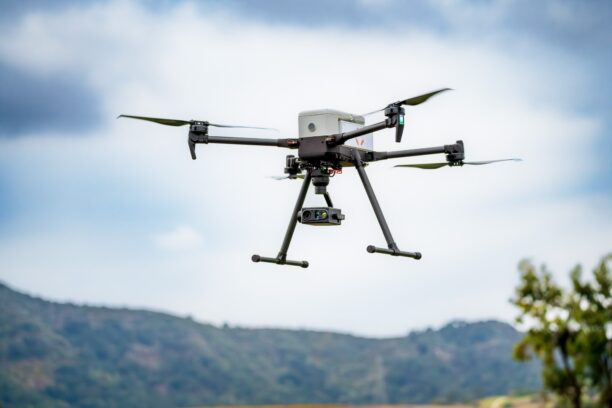

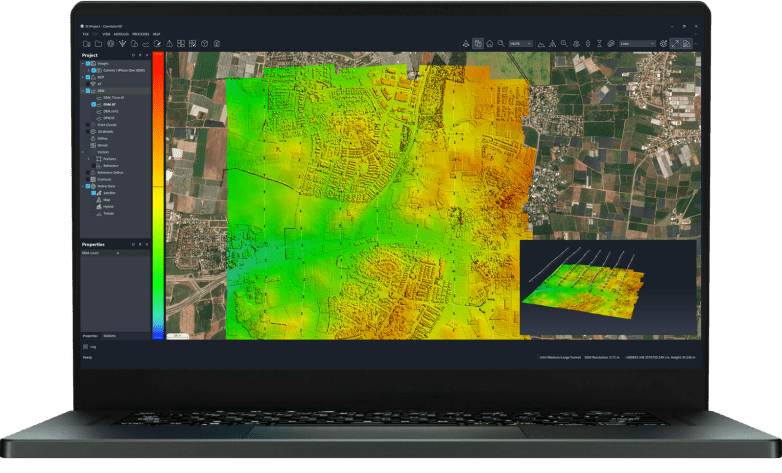
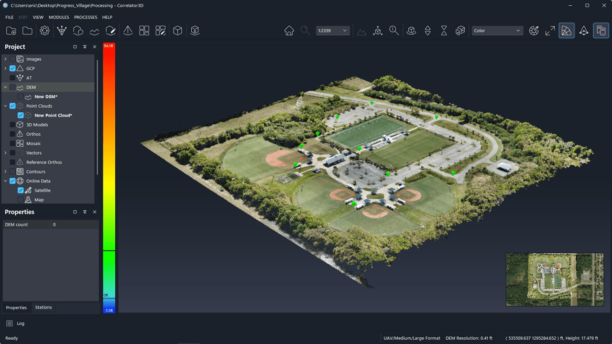
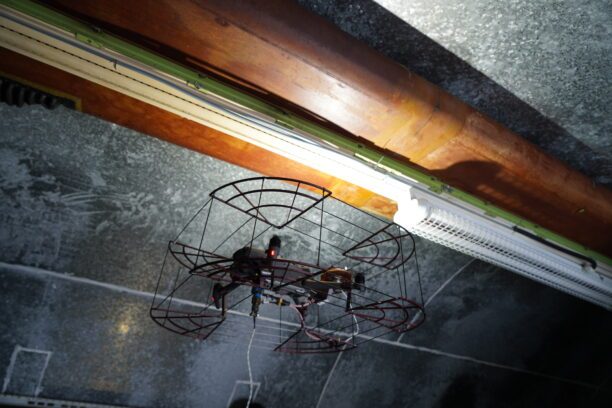
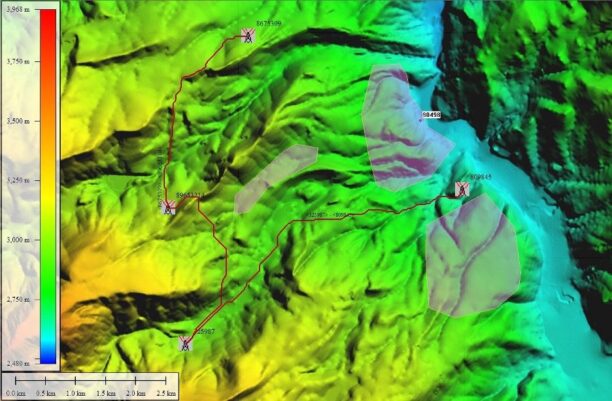
This post really answered a lot of my questions.